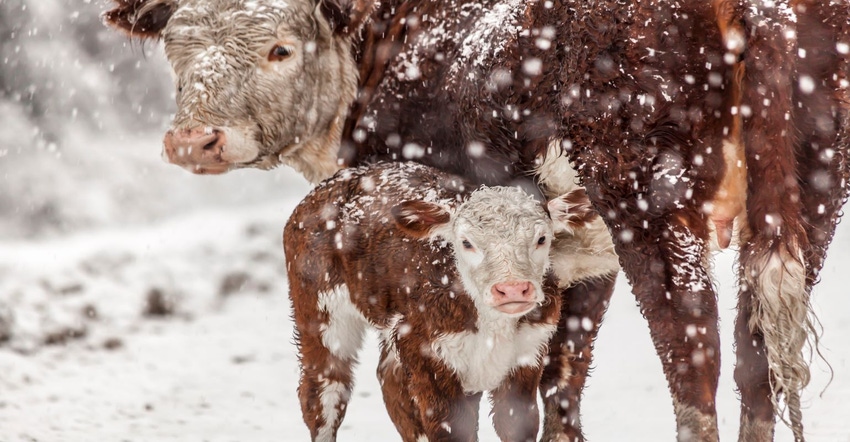November 8, 2021

As discussed last week, reproductive efficiency is highly correlated to nutrition. The target Body Condition Score (BCS) going into calving season is 5.5 for the mature cow herd and 6 for the first calf heifers. Early management to meet these goals is important because drastic changes in BCS during late pregnancy and early lactation are challenging and costly to achieve. Measures of cow herd performance like Pregnancy Rate, Calf Crop Born and Calf Crop Weaned when evaluated as a percentages of Females Exposed are valuable pieces of information which can be used by producers to make sound management decisions.
Balance of nutrition to mature cow size and milk production is essential to optimize reproductive efficiency and maternal performance. This balance is achieved through: 1) grazing the proper amount of cows per acre; 2) knowing when and what nutritional supplementation is needed; and, 3) good husbandry, herd health and vaccination programs. If our cows were thin at weaning and/or we were disappointed by the cow herd performance measures, now is the time to begin taking action.
Feed cost represents the largest variable cost in cow-calf operations and most of this expense is incurred during the winter and early spring. Un-needed supplementation increases feed cost without real benefit. Evaluation of BCS on your cows this fall at weaning provides producers with information to make cost saving management decisions with regard to supplementation and feeding through the winter. If your bred heifers and mature cow herd are at the target BCS they can be maintained from now until calving. If breeding females need to gain body condition, now is the time to take action (while they are still in the middle trimester of pregnancy).
Feeding in Separate Groups
Separating the thinner females at this time of year to gain the body condition needed to ensure reproductive efficiency next spring is worth the extra time and management. Feeding cows in separate groups only needs to take place long enough to get the thinner cows to their target BCS. At that point, all cows can be put back together and fed/managed alike going into calving season.Feeding thinner cows separately will save money and improve profit potential.
Computer software, such as OSU Cowculator, is useful to pinpoint the nutritional requirements of cows and the supplementation or feeding necessary to reach optimum BCS. Cowculator and other useful tools can be found at beefextension.com.
Source: Mark Z. Johnson, Oklahoma State University Extension , which is solely responsible for the information provided and is wholly owned by the source. Informa Business Media and all its subsidiaries are not responsible for any of the content contained in this information asset.
You May Also Like




